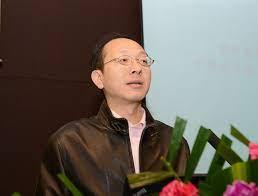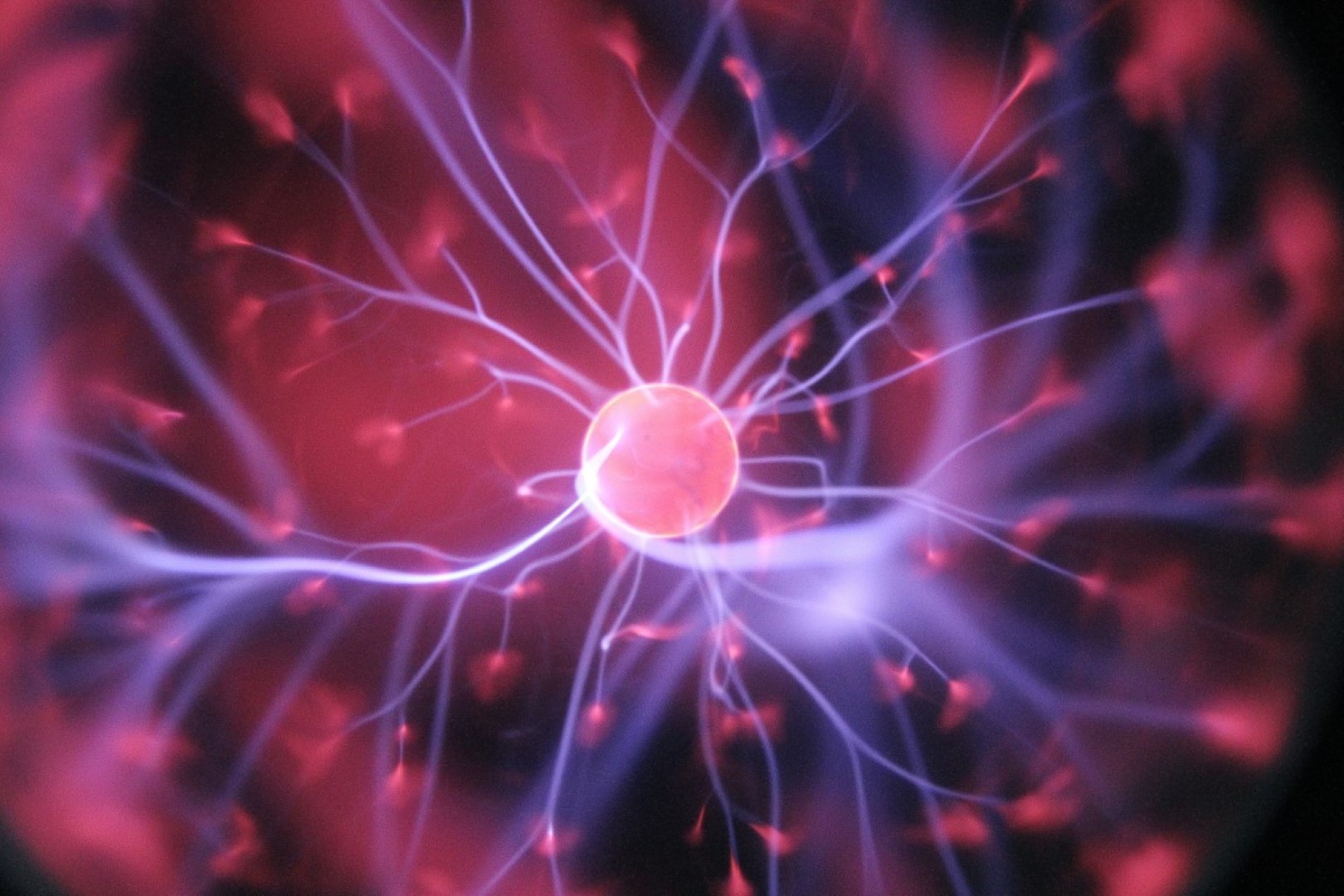Digital polymeric amphiphiles

Direct sequencing and quantification of digital polymeric amphiphiles under complex biological milieu
We initially attempted to read sequence-defined self-immolative polymers with discrete molecular weights and predetermined sequences upon triggered degradation. We later unexpectedly found that the sequence could be directly read by MALDI tandem MS (Bruker LIFT module), exhibiting a clean pattern with the interval between neighboring peaks reflecting corresponding monomer sequences. For these amphiphilic mini-block copolymers containing PEG dendron and sequence-encoded self-immolative segment, it was found that self-assembled nanostructures (nanospheres and nanorods of different length) could be finely tuned by sequences and DPs, reminiscent of protein folding/assembly. We further quantified the pharmacokinetics and biodistributions of a mixture of different types of self-assembled nanostructures by MALDI TOF-MS and MALDI Imaging at organ and tissue slice levels. We further utilized the high throughput and label-free MALDI quantification platform to explore the effects of protein coronas on nanocarrier characteristics.
Speaker
Shiyong Liu obtained his Ph.D. degree in 2000 at Fudan University under the guidance of Prof. Ming Jiang, he then spent three and a half years at University of Sussex and University of Delaware as a postdoctoral fellow, working with Prof. Steven P. Armes and Prof. Eric W. Kaler, respectively. Since 2004, he has been a professor of Polymer Science and Engineering at the University of Science and Technology of China. He is recipient of 100 Talents Program (CAS, 2004), Distinguished Young Scholars Award (NSFC, 2004), Cheung Kong Professor Award (MOE, 2009), CCS-RSC Young Chemist Award (2010), and Young Scientist Award (CAS, 2012). He has published over 230 peer-reviewed journal papers and 6 book chapters with a total citation of >18,000 and an H-index of 79. He has served as associate editors for Chem. Mater. (ACS, 2018-) and Chin. J. Polym. Sci. (2014-). His current research focuses on exploring new-generation precision polymer chemistry for unprecedented functional materials.
This is part of the Australian Centre for NanoMedicine's monthly seminar series. For further information, please contact acn@unsw.edu.au



